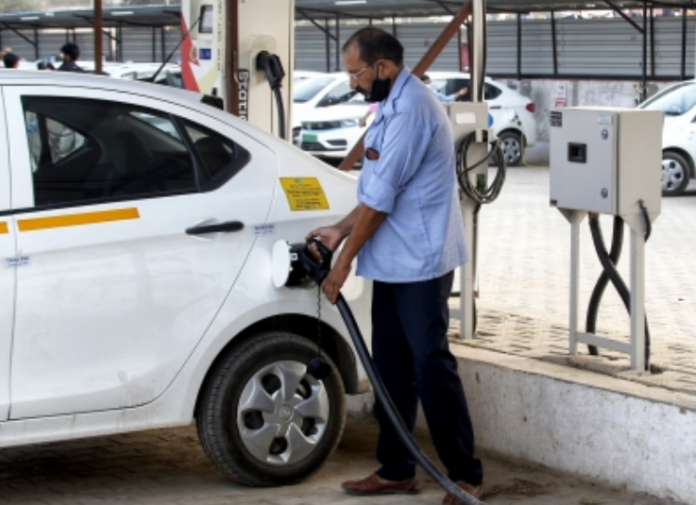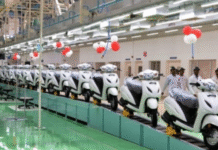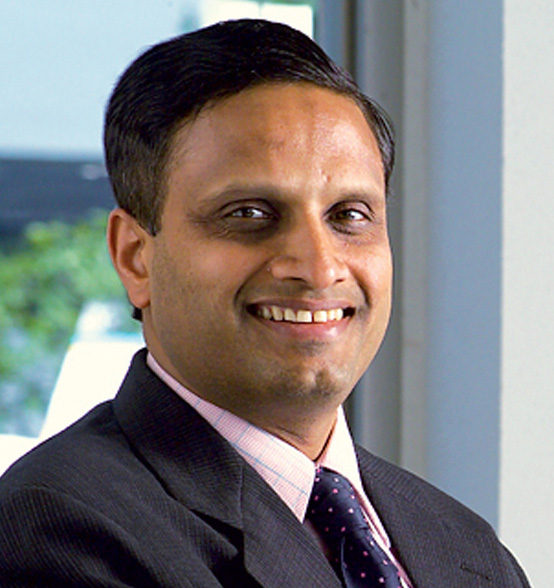New Delhi— India is poised for a major shift in its transportation landscape, with an estimated 123 million electric vehicles (EVs) expected on the roads by 2032, according to a new report from the India Energy Storage Alliance (IESA) and Customised Energy Solutions (CES).
The report highlights the role of EV adoption in advancing India’s sustainable development goals and its commitment to achieving net-zero emissions by 2070. It also supports the national target of 30% EV penetration by 2030.
India’s on-road EV population has already shown rapid growth, soaring from 350,000 in 2019 to 4.4 million in 2024—an almost twelvefold increase. This growth has been driven by policy initiatives such as the FAME-II scheme, which provides demand incentives for electric two-, three-, and four-wheelers, along with subsidies for public charging infrastructure.
In 2024, electric two- and three-wheelers accounted for over 93% of all EVs on Indian roads. Four-wheelers represented about 6%, while electric buses and trucks made up less than 1%. Personal electric four-wheelers (E4Ws) have become a major driver for the expanding home and private charging ecosystem.
“To support this growth, India’s cumulative EV charging points—both public and private—must increase 12 to 28 times, from about 76,000 in 2024 to between 900,000 and 2.1 million by 2032,” said IESA President Debmalya Sen. Charging capacity will also need to rise significantly, from 1.3 GW to as much as 23 GW, depending on usage and infrastructure deployment.
Vinayak Walimbe, Managing Director of CES, outlined three potential growth scenarios: a worst-case estimate of 49 million EVs, a business-as-usual projection of 60 million, and an NEV (New Energy Vehicle) scenario with 123 million. The NEV outlook aligns with the government’s EV30@30 target—assuming 80% penetration for two- and three-wheelers, 30% for private four-wheelers, 70% for commercial vehicles, and 40% for buses by 2030.
The report notes that by 2024, India had around 220,000 personal E4Ws, most using residential Type-2 AC chargers. Approximately 320,000 private Type-2 chargers were installed, 70% of which were 3.3 kW units.
Public and captive charging points totaled around 76,000, with a combined capacity of 1.3 GW. While AC-001 chargers comprised nearly half the units, CCS2 chargers dominated the overall installed capacity, reflecting rising demand for fast DC charging.
Backed by government support and rising consumer interest, the EV ecosystem in India is rapidly evolving, with the potential to significantly reduce emissions and reshape the future of mobility. (Source: IANS)








